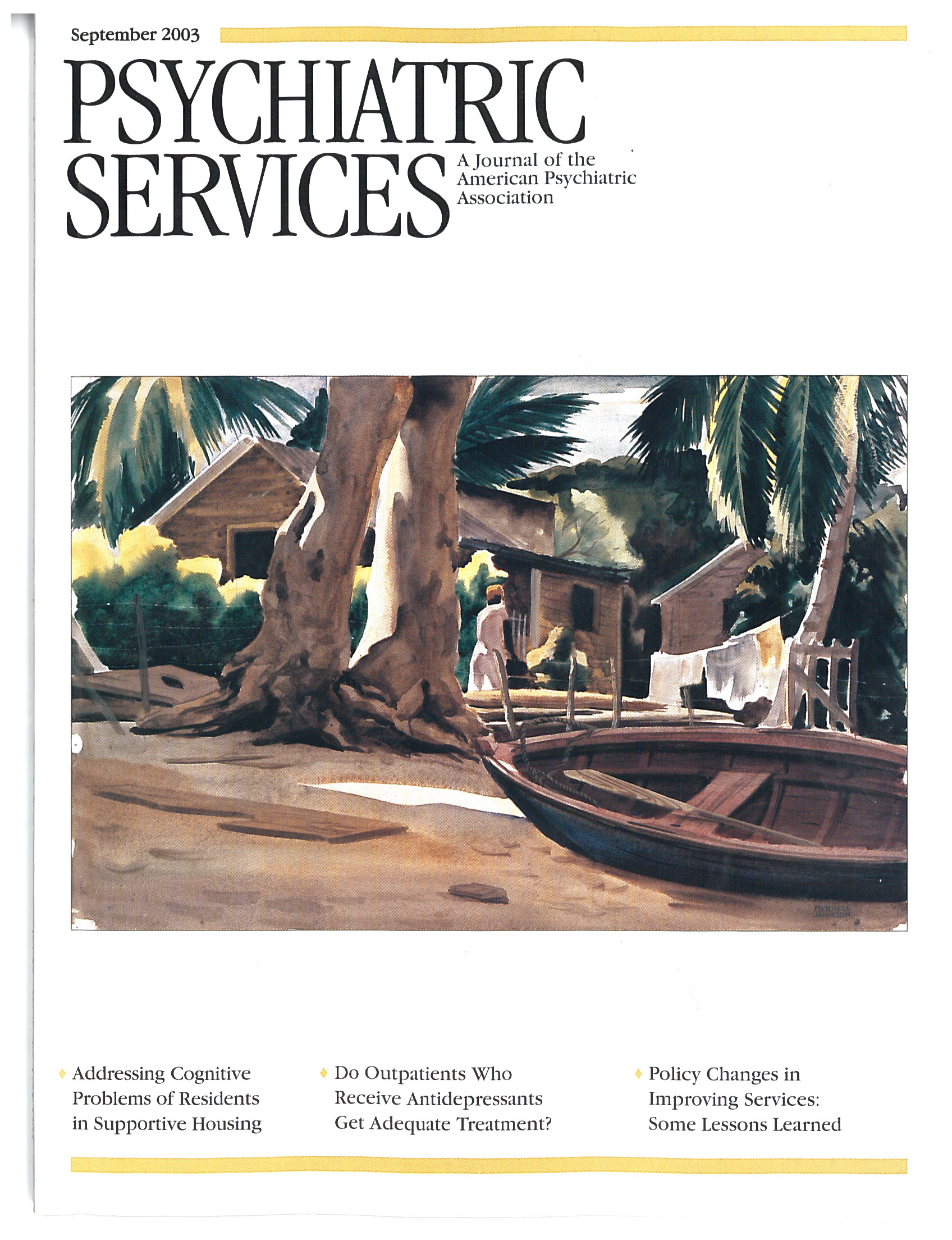This Month's Highlights
Lessons Learned Over 45 Years
In this month's lead article, David Mechanic, Ph.D., reviews lessons he has learned from 45 years in the mental health field. He focuses on five areas—research, managed care, parity, integration of services, and employment of persons with mental illness. Dr. Mechanic points out that parity needs managed care: providing mental health care in the context of a carefully managed benefit ensures that parity results in only modest additional cost. He describes hopeful efforts over the years to integrate services and acknowledges the extraordinary difficulty of doing so. Yet many proven strategies for improving continuity of care are not technically difficult, he notes. Dr. Mechanic praises research showing that supported employment is more effective than traditional vocational rehabilitation, but he notes that many of the professionals who make decisions affecting rehabilitation opportunities have failed to hear this message. What is the foremost lesson he has learned? "In every endeavor I've been involved in, I repeatedly have been impressed by the difference caring makes" (see page 1227).
Inadequate Antidepressant Treatment
An evaluation of pharmacy claims data for 1,550 outpatients at an academic medical center who received prescriptions for antidepressants showed that only 46 percent received adequate treatment. Jeffrey B. Weilburg, M.D., and his colleagues defined treatment adequacy as prescription of the lowest likely effective dosage for at least 90 consecutive days—a less stringent definition than those in most guidelines. Among patients whose treatment was inadequate, 20 percent had an adequate dosage but not an adequate duration and 19 percent had an adequate duration but not an adequate dosage. Thirteen percent met both of the adequacy criteria but not concurrently, and another 13 percent never met either criterion. When the prescription was written by a psychiatrist, the rate of adequate treatment was higher than when it was written by a primary care provider (54 percent compared with 31 percent). Rates of adequate treatment as high as 74 percent were seen among patients whose prescriptions were written jointly by a psychiatrist and a primary care physician or another specialist (see page 1233).
Violent Victimization and Serious Mental Illness
Newspaper and television stories often highlight violent acts committed by people with mental illness but pay far less attention when these individuals are the victims of violence themselves. David J. Sells, Ph.D., and a research team at Yale University School of medicine interviewed 305 clients of two community programs that served people with severe mental illness. Participants were asked about their exposure to violent behavior during the previous year, such as being threatened or chased by others, physically or sexually assaulted, and harmed with a weapon. The researchers found that participants with co-occurring psychiatric and substance use disorders were significantly more likely to have been victimized than those with a psychiatric or a substance use disorder only. Contrary to expectation, gender was not associated with exposure to violence. Program staff who participated in focus groups explained that substance use by people with severe mental illness is not simply a means of self-medication. Many are financially exploited by drug dealers who "befriend" them and may even use threats and violence to force them to buy drugs (see page 1253).
Ethnic Disparities in Use of Case Management
A study of nearly 4,300 people with severe mental illness who were receiving services in the San Diego County mental health system showed significant disparities in use of case management. Overall, 1,100 patients (26 percent) used case management services. The rate of use was 30 percent for European Americans, compared with 19 percent for Latinos and 17 percent for African Americans. The ethnic disparities remained when the analysis controlled for financial status. Concepcion Barrio, Ph.D., and her colleagues found the lowest rate—15.6 percent—among Latino patients whose preferred language was Spanish. European Americans who lived with family members were significantly less likely to use case management services, but residential status made no difference in use among Latinos (see page 1264).
Briefly Noted…
• An electronic medical record system is helping the psychiatry department at Duke University Medical Center to better manage patient care. The system's developers hope that its widespread use will lead to the creation of a national repository of data on psychiatric care (see page 1199).
• A cognitive remediation program has been effective in helping people with severe and persistent mental illness successfully engage in educational or vocational training (see page 1219).



